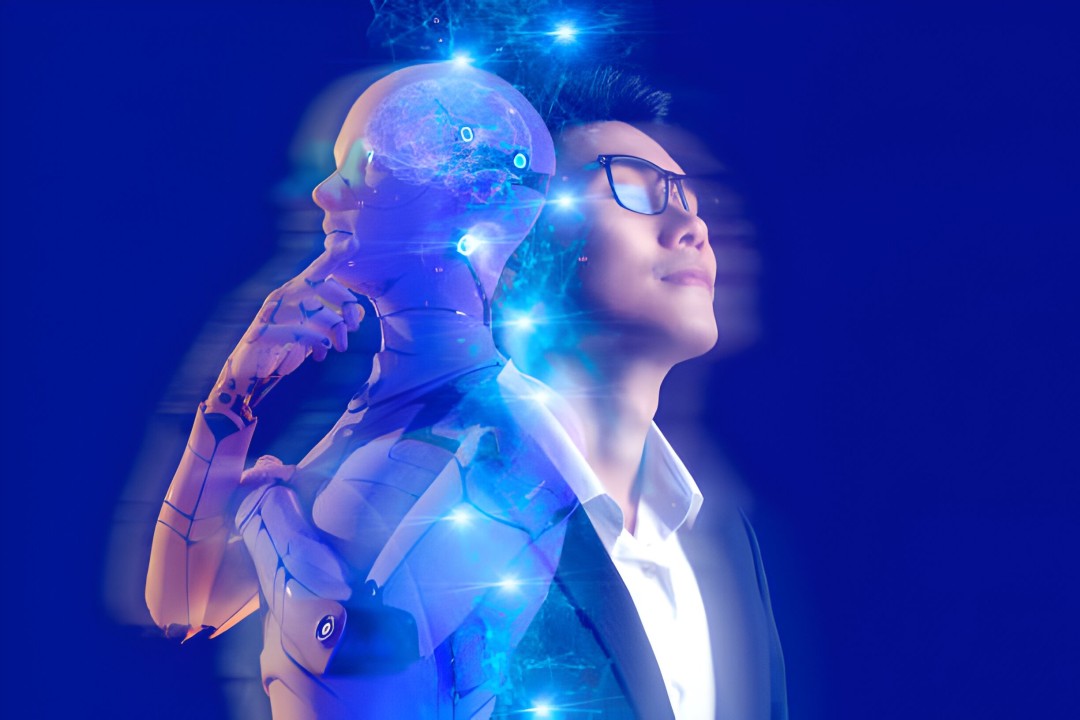“The French always seek causes and accept what flows from them.” Harrington Emerson
Harrington Emerson
Could technology bulimia be the cause of anemic performance in our businesses?
I’ve spent years studying system performance and multi-objective optimization and, after empirical experiences at Fortune 100 companies, I’ve concluded that human capital is still the most valuable asset for business performance.
Since the initial release of ChatGPT in November 2022, Gen AI and technology have taken center stage in corporate strategies. Our current era is dominated by rapid technological advancements and a rush toward artificial intelligence adoption for everything, everywhere. It’s crucial, therefore, to remind businesses that their most valuable asset remains human capital.
In 2017, I developed a solution, based on prior research and experience, that offers a stark contrast to a tech-centric approach, demonstrating the profound impact of prioritizing human elements within corporate strategy. This innovative initiative exemplifies how nurturing and retaining talent can coexist with cutting-edge technology to drive a company forward, enhancing employee engagement, satisfaction, and productivity through dynamic problem-solving and robust mentorship-apprenticeship programs. Yes, you heard that right: an apprenticeship program in big tech.
While many companies are fixated on integrating the latest technologies and AI capabilities, often at the expense of their workforce’s needs and development, our solution has proved that technology serves as a complement rather than a replacement for human skills. In our program, we leverage technology to enhance the abilities of employees, facilitating collaboration and innovation in a hybrid physical and digital workspace—not to replace them. This approach not only boosts morale by making employees feel valued and connected to the organization’s goals but also fosters a culture where technological and human potentials are intertwined, leading to sustainable growth and innovation.
Conversely, companies that primarily focus on technology while neglecting their human resources often grapple with high turnover rates and a disengaged workforce. The lack of investment in employee growth and satisfaction—which does not necessarily mean financial investment—can lead to decreased organizational loyalty and a deficiency in workplace innovation. In such environments, employees may feel more like cogs in a machine rather than integral parts of the business. As a result, even the most advanced technologies cannot compensate for the lack of human insight and creativity, which are critical for problem-solving and driving business success. Drawing on insights from Ryan Pendell’s article ‘Employee Engagement Strategies: Fixing the World’s $8.8 Trillion Problem’ published on gallup.com, I’ve calculated that annually, a Fortune 500 company incurs a staggering cost of $1.5 to $3 billion by not prioritizing their talent.
Our case studies, which yielded up to 55% operational costs and boost team performance by an average of 7.5 times, demonstrates the substantial benefits of a balanced approach. The program’s emphasis on apprenticeship and continuous learning cultivates a knowledgeable and adaptable workforce, capable of navigating the company through future challenges with agility and creativity. Our initiatives show that investing in redesigning your social environment with tech-augmented human capital not only enhances operational efficiency—as evidenced by the significant improvements in performance and reductions in costs reported in our case study—but also lays a foundation for enduring success and innovation. As businesses continue to navigate the complexities of technological advancement, it is essential to recognize that the true drivers of change and growth are not solely technological tools, but the people behind them.
Until computers and robots reign supremely, human capital will still be the most valuable asset for our businesses. Even as technology advances, the creativity, insight, and decision-making abilities of human beings cannot be fully replicated by machines, at least at this time. It’s the blend of human intelligence and emotional understanding with technological tools that creates dynamic and successful business environments.

